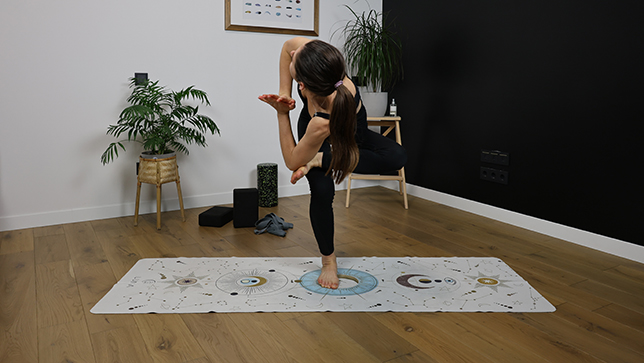
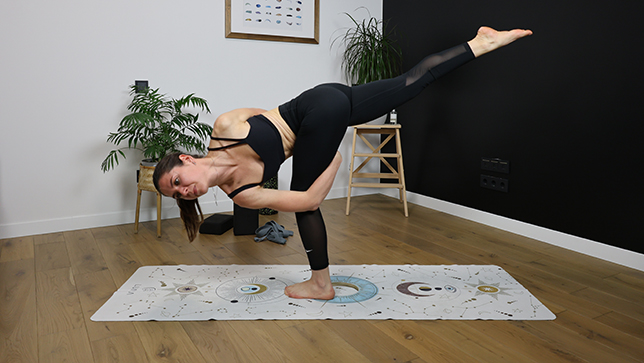
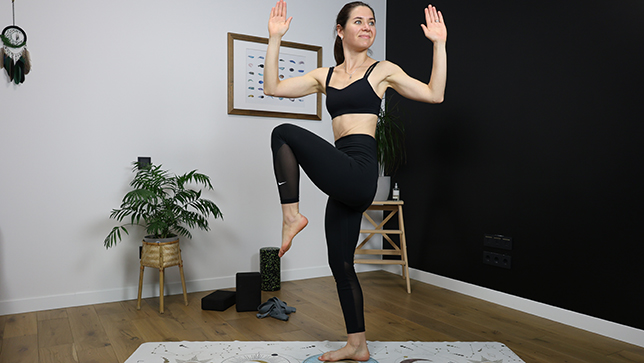
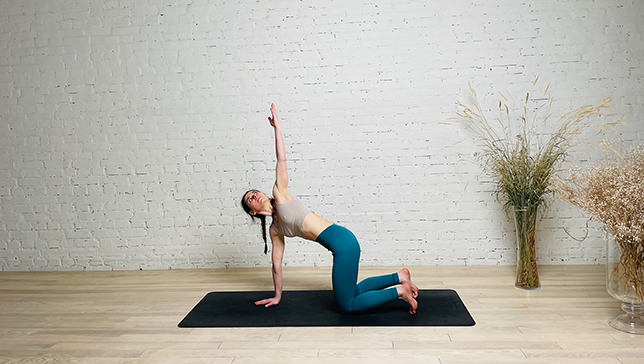
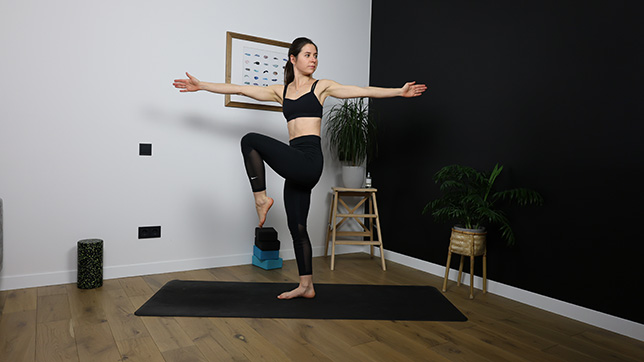
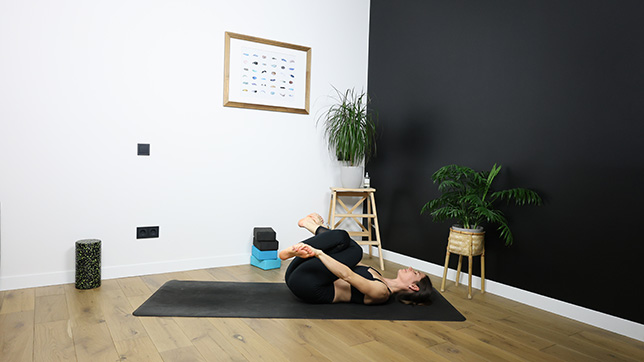


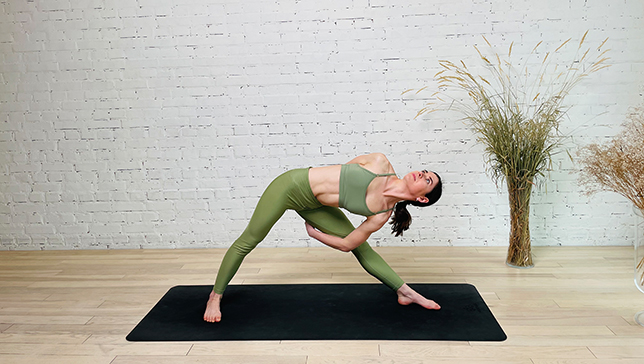
Twist yoga poses, also referred to as spinal twist poses, encompass a collection of yoga postures designed to revolve the spine along its vertical axis. During these poses, the upper body rotates in one direction, while the lower body maintains stability and grounding. These twists can be performed while seated, standing, or lying down, and they offer a diverse array of physical and mental advantages.









The level of difficulty in twist yoga poses varies based on the specific pose, individual flexibility, and any existing health conditions or injuries. While some twist poses may be more challenging, overall, they are accessible to practitioners of all levels, including beginners.
Twist yoga poses can be gentle and soothing, making them suitable for newcomers or those with limited flexibility. Poses like Bharadvajasana (Bharadvaja’s Twist) and Jathara Parivartanasana (Revolved Abdomen Pose) are generally well-tolerated and can be adjusted to suit various mobility levels.
However, certain advanced twist poses, such as Parivrtta Trikonasana (Revolved Triangle Pose) or Marichyasana (Marichi’s Pose), may demand greater flexibility, strength, and body awareness. These poses can be more challenging, particularly for those less familiar with twisting movements.
To practice twist yoga poses safely and effectively, approach them with mindfulness, listen to your body, and avoid overexertion. Engaging the core muscles and maintaining proper alignment are crucial for safeguarding the spine during twists. If you have any concerns or specific health conditions, it’s wise to seek guidance from a qualified yoga instructor who can offer modifications tailored to your needs.
Consistency, patience, and mindful exploration of your body’s capabilities will support your progress and allow you to enjoy the benefits of twist yoga poses safely and with confidence.
Enhanced digestion and detoxification
Improved spinal mobility and flexibility
Reduced tension in the back and shoulders
Strengthened core muscles
Increased breath awareness and mindfulness
Energetic and emotional release
Severe or recent back or spine injuries
Herniated or bulging discs in the spine
Recent abdominal surgery or gastrointestinal conditions
High blood pressure or heart conditions